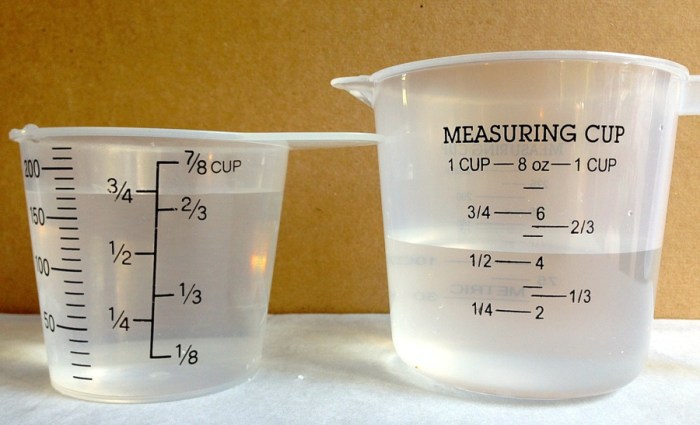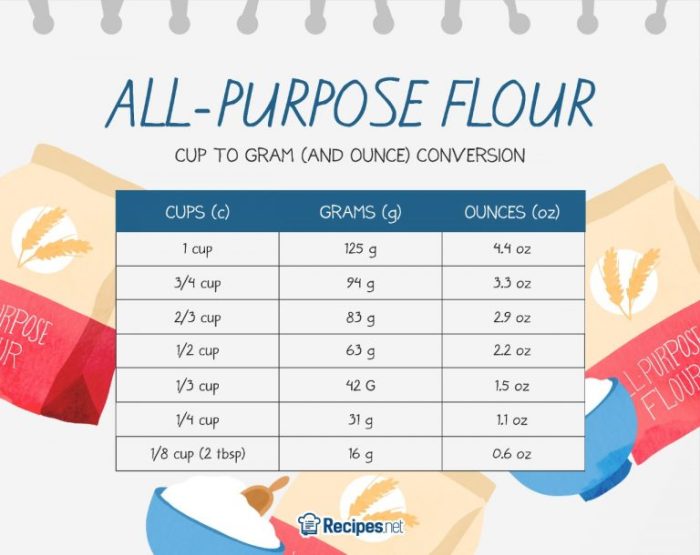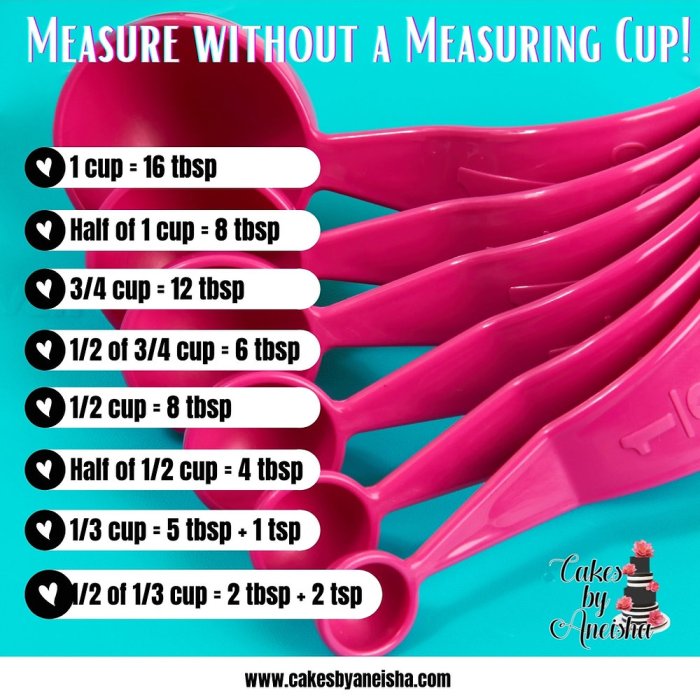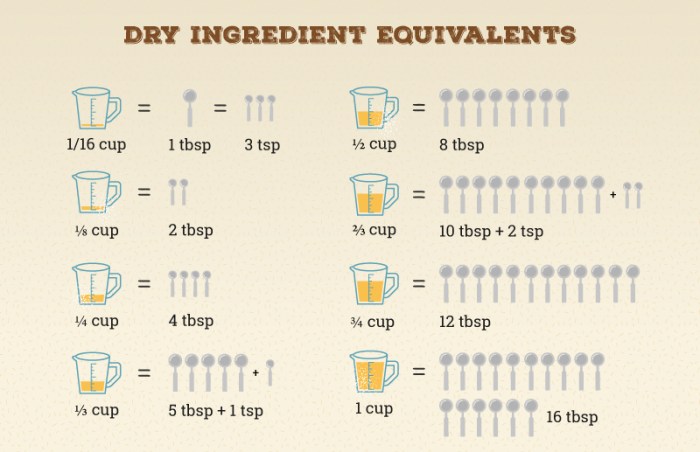What is 1/3 cup tripled – In the culinary world, precision is key. When a recipe calls for 1/3 cup tripled, it’s not just a matter of multiplying the quantity by three. Understanding the concept of “tripled” in cooking measurements is crucial for successful culinary endeavors.
This comprehensive guide will delve into the intricacies of tripled measurements, providing clear explanations, practical examples, and essential tips to ensure your cooking creations are nothing short of extraordinary.
Overview

In culinary measurements, “tripled” refers to a quantity that has been multiplied by three.
This concept is commonly used in recipes and cooking instructions to adjust the amount of an ingredient based on the desired yield or serving size.
Examples of Tripling Measurements
- If a recipe calls for 1/3 cup of milk, tripling the measurement would result in 1 cup of milk.
- If a recipe requires 2 tablespoons of flour, tripling the measurement would yield 6 tablespoons of flour.
Equivalents and Conversions

To make converting 1/3 cup tripled easier, let’s explore its equivalents in various volume measurements.
Conversion Table
The following table provides a comprehensive comparison of 1/3 cup tripled to different measurement units:
| Measurement Unit | Equivalent |
|---|---|
| Cups | 1 cup |
| Tablespoons | 16 tablespoons |
| Ounces | 8 ounces |
Applications in Cooking

Tripled measurements find extensive use in various cooking techniques, each contributing to specific culinary outcomes.
When you triple the amount of 1/3 cup, you get 1 cup. This is a useful conversion to know when you’re cooking or baking. For example, if a recipe calls for 1 cup of flour and you only have 1/3 cup, you can triple the amount to get the correct measurement.
For more information on unit conversions, check out sadlier level f unit 11 . The website provides detailed explanations and practice exercises to help you master unit conversions. So, if you’re ever wondering how to triple 1/3 cup, just remember that it equals 1 cup.
In baking, tripled ingredients enhance the richness and texture of baked goods. For instance, in a chocolate cake recipe, tripling the amount of chocolate chips yields a more intense chocolate flavor and a fudgier consistency.
Frying and Sautéing, What is 1/3 cup tripled
Tripling ingredients in frying or sautéing techniques intensifies flavors and alters the texture of the dish. When frying chicken, tripling the breading mixture creates a thicker, crispier coating, resulting in a more flavorful and satisfying dish.
Similarly, sautéing vegetables with tripled amounts of garlic and herbs amplifies their aromatic and savory qualities, elevating the overall taste profile of the dish.
Measurement Techniques

Accurately measuring tripled ingredients is crucial for successful cooking outcomes. Here are the proper techniques for measuring tripled ingredients using different measuring tools:
Measuring Cups
- Use a dedicated set of measuring cups specifically for dry and liquid ingredients.
- For dry ingredients, use the spoon-and-level method: spoon the ingredient into the cup and level it off using a knife or straight edge.
- For liquid ingredients, pour the ingredient directly into the cup and read the measurement at eye level.
Measuring Spoons
- Use a set of measuring spoons with precise markings.
- Fill the spoon with the ingredient and level it off using a knife or straight edge.
- Avoid scooping ingredients directly from their containers, as this can lead to inaccurate measurements.
Accurate measurements ensure that the correct proportions of ingredients are used, resulting in balanced flavors and textures in the final dish.
User Queries: What Is 1/3 Cup Tripled
What does “tripled” mean in culinary measurements?
Tripling in cooking refers to multiplying the specified quantity by three. For example, 1/3 cup tripled is equivalent to 1 cup.
How do I measure tripled ingredients accurately?
Use precise measuring tools, such as measuring cups and spoons, and level off the ingredients using a straight edge to ensure consistency.
What are the benefits of using tripled measurements?
Tripled measurements allow for larger batches, cater to more people, or create a stronger flavor profile in dishes.
